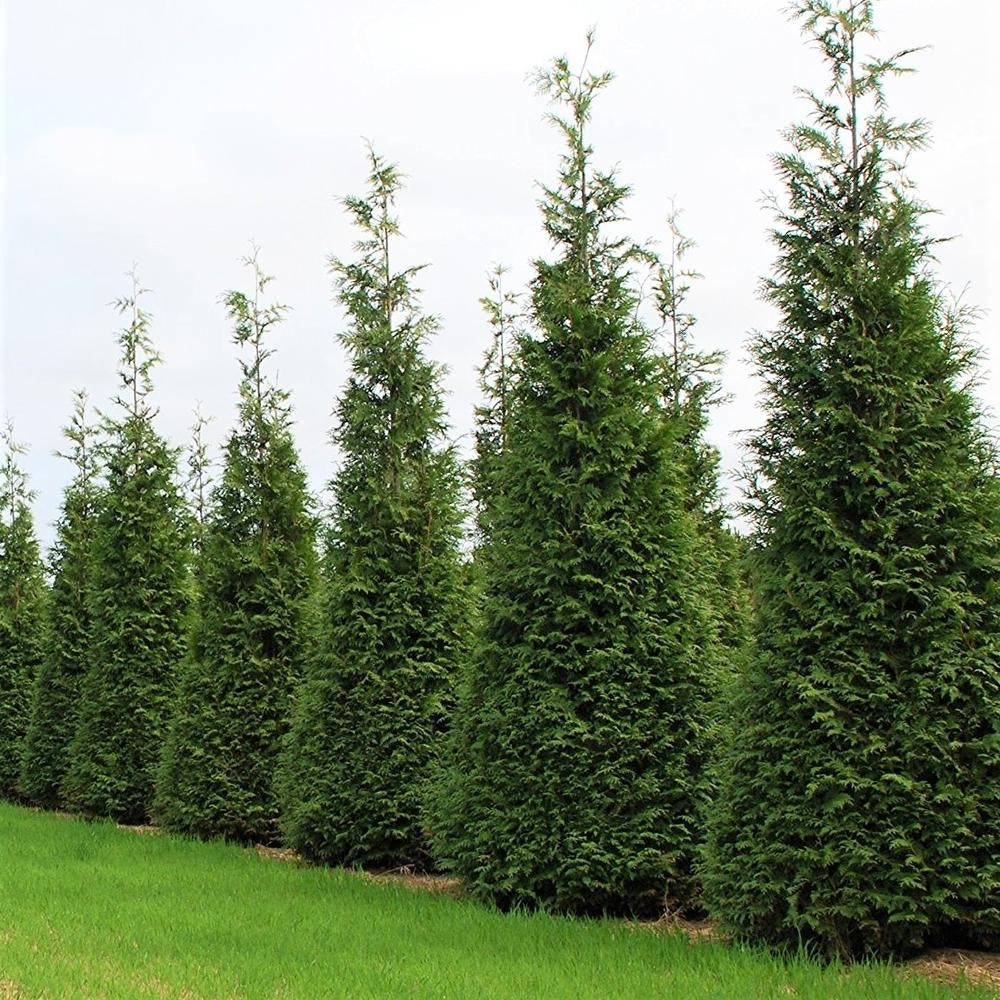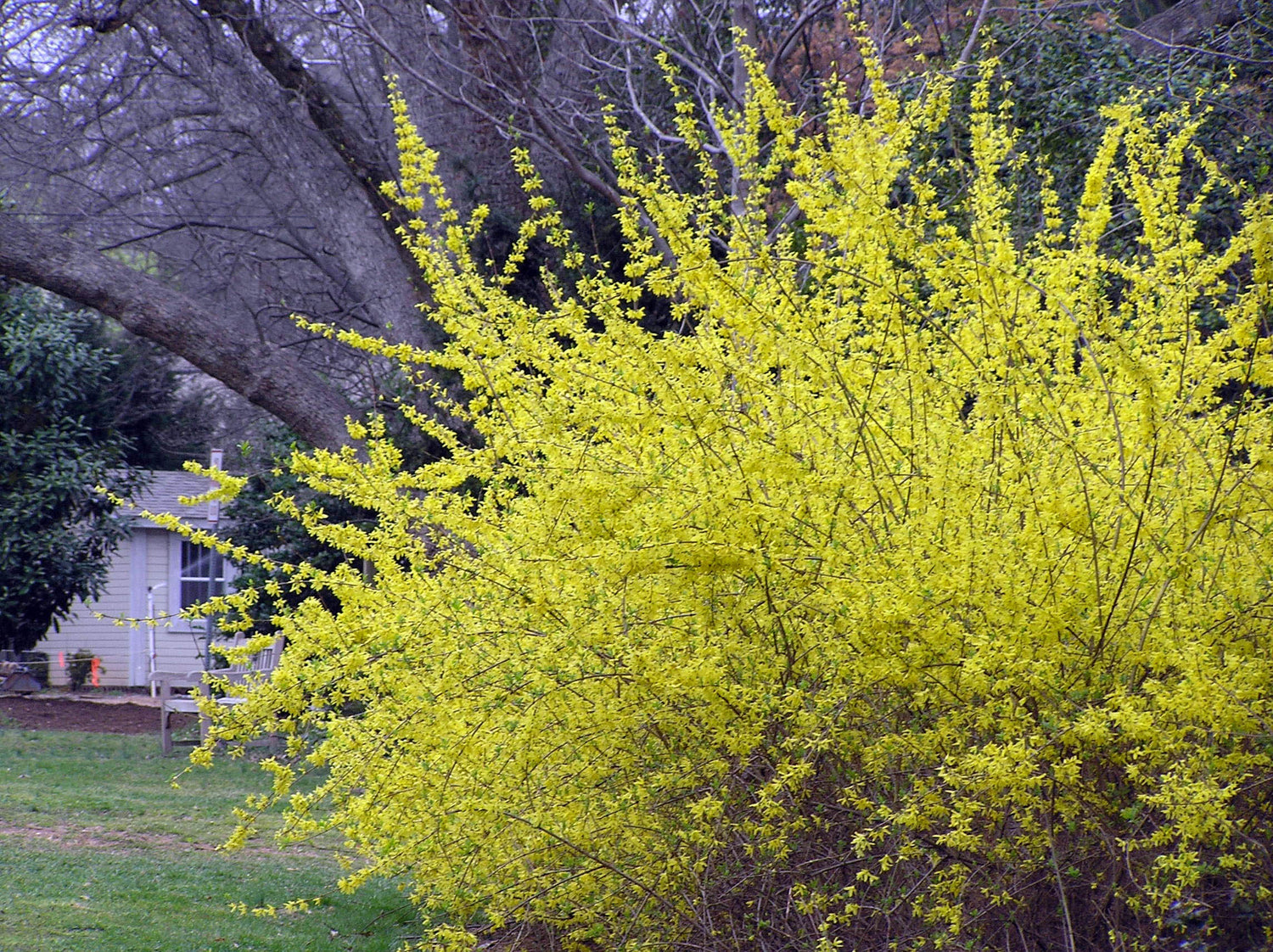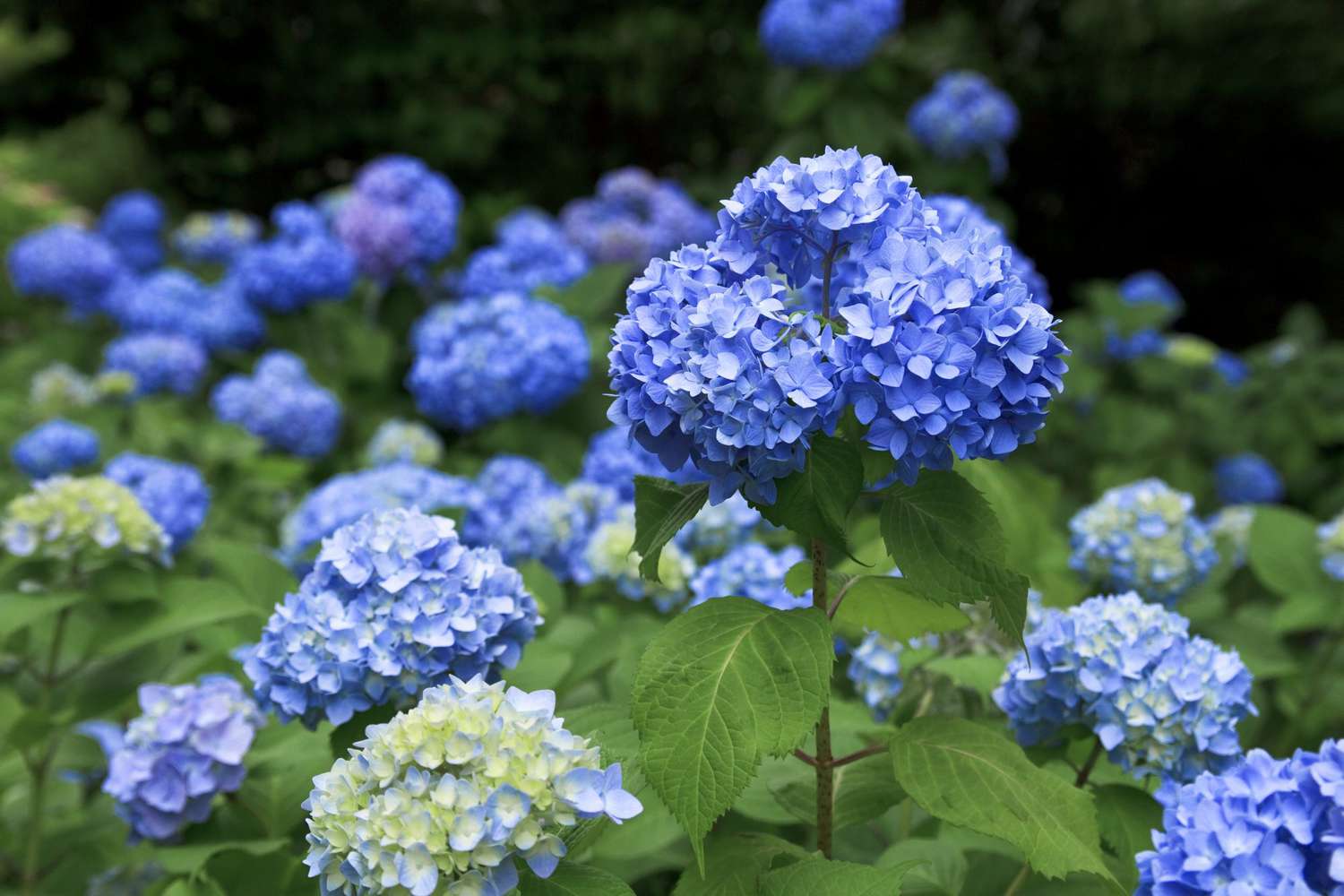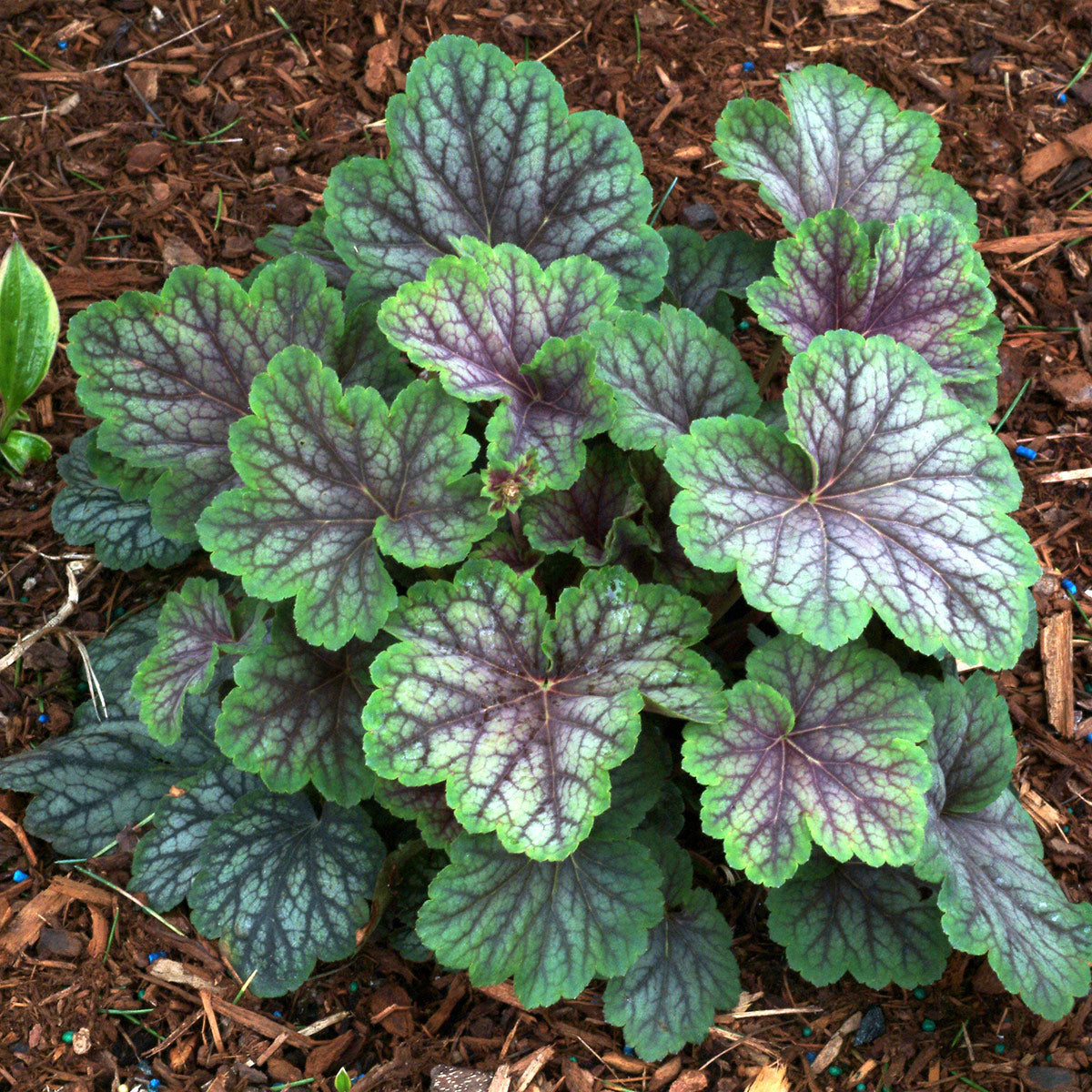Ladybugs, those delightful little beetles often celebrated in children's songs and hailed as symbols of good luck, play a crucial role in our gardens. But are ladybugs good for your garden? Absolutely! These vibrant beetles, also known as ladybirds or lady beetles, are far more than just a pleasant sight. They are essential allies in the battle against common garden pests. With their insatiable appetite for aphids, scale insects, mites, and more, ladybugs serve as a natural pest control method, helping gardeners maintain plant health without resorting to harmful chemical pesticides.

Understanding the Ladybug's Lifecycle: A Garden's Best Friend
To truly appreciate why ladybugs are beneficial for gardens, it's essential to understand their lifecycle. From the moment they hatch as larvae, ladybugs are voracious eaters of pests that can otherwise devastate garden plants. The lifecycle of a ladybug includes several stages: egg, larva, pupa, and adult. At each stage, they are dedicated hunters, focusing on aphids and other soft-bodied insects.
-
Egg Stage: Ladybugs lay their eggs near potential food sources. This strategy ensures that once the larvae hatch, they have immediate access to food.
-
Larval Stage: The larvae resemble tiny alligators and are even more voracious than adults. They consume hundreds of aphids and other pests as they grow.
-
Pupal Stage: In this stage, the larvae undergo transformation, emerging as adult ladybugs ready to continue the pest control mission.
-
Adult Stage: A single ladybug can consume thousands of aphids over its lifetime, making them indispensable to gardeners.
By fostering an environment that attracts and supports ladybugs, gardeners can enhance the biodiversity of their gardens and promote a balanced, healthy ecosystem. This not only helps in reducing pest populations but also minimizes the need for chemical pesticides, aligning perfectly with organic gardening principles.
Why Ladybugs Are the Ultimate Natural Pest Control
So, are ladybugs good for your garden? The answer is a resounding yes! Here's why ladybugs are the ultimate natural pest control solution:
-
Voracious Predators: Ladybugs are voracious predators of garden pests like aphids, scale insects, and mites. This behavior makes them invaluable allies in maintaining healthy gardens.
-
Natural Pest Control: By reducing pest populations naturally, ladybugs help gardeners avoid chemical pesticides, promoting a healthier environment for beneficial insects.
-
Sustainable Gardening: Encouraging ladybugs supports sustainable gardening practices, leading to lush and productive gardens.
Attracting Ladybugs to Your Garden
To reap the benefits of ladybugs, it's crucial to create a garden environment that attracts and supports them. Here are some practical tips:
-
Plant Diversity: A diverse array of flowers and herbs provides nectar and pollen, supplemental food sources for ladybugs when pest populations are low. Consider planting marigolds, calendula, cosmos, and herbs like dill, fennel, and cilantro. These not only attract ladybugs but also elevate your garden with vibrant blooms. Explore flowering plants to enhance your garden's beauty.
-
Provide Shelter: Ladybugs need overwintering sites like leaf litter, tree bark, or sheltered areas. Creating such habitats encourages them to stay in your garden year-round. For more insights on winter protection for plants, read about winter protection for trees.
-
Avoid Chemicals: Chemical pesticides can harm ladybugs and other beneficial insects. By avoiding them, you create a more inviting environment for these helpful beetles.
Incorporating Fruit Trees for Enhanced Biodiversity
Incorporating fruit trees into your garden not only attracts ladybugs but also enhances biodiversity by hosting a variety of pests for ladybugs to feed on. This creates a balanced ecosystem where ladybugs can thrive. Discover the best fruit trees for your backyard to contribute to a healthy, ladybug-friendly garden.
For gardeners interested in maximizing their garden space while promoting a healthy ecosystem, exploring comprehensive garden plans can offer valuable insights and tips on creating vibrant, productive, and ladybug-friendly gardens. Check out fast-growing plants and trees for quick landscape transformation.
Beyond Pest Control: Ladybugs in a Holistic Garden Ecosystem
Ladybugs are not just pest controllers; they are integral to creating a holistic garden ecosystem that supports various life forms and promotes natural harmony. Here's how ladybugs fit into the larger picture of garden health and sustainability:
-
Enhancing Biodiversity: Ladybugs contribute to garden biodiversity. Their interactions with plants, pests, and other insects create a complex web of relationships that enhance garden resilience.
-
Supporting Organic Practices: Integrating ladybugs into your garden is a hallmark of organic gardening. By providing habitats for these beetles, gardeners embrace sustainable pest control methods that benefit both plants and the environment.
-
Cultivating a Healing Garden: Attracting ladybugs aligns with creating a healing garden—a space that supports well-being and natural balance. For those interested in the medicinal aspects of gardening, exploring natural remedies from cultivated plants can add another layer of benefit to the gardening experience.
By viewing ladybugs as part of a comprehensive approach to garden health, gardeners create spaces that nourish the body, mind, and environment. Embracing practices that attract and support ladybugs is a step towards sustainable gardening, recognizing the interconnectedness of all living things.

Different Species of Ladybugs and Their Unique Benefits
Ladybugs come in a variety of species, each with its own unique characteristics and benefits for the garden. Understanding these differences can help gardeners optimize the presence of ladybugs in their outdoor spaces.
Common Species of Ladybugs
-
Seven-Spotted Ladybug (Coccinella septempunctata): Perhaps the most recognizable species, this ladybug has seven black spots on its red wings. It is a voracious eater of aphids, making it a favorite among gardeners.
-
Convergent Ladybug (Hippodamia convergens): Known for the converging white lines on its pronotum, this species is widely used in agricultural settings due to its effectiveness in controlling aphids and other soft-bodied insects.
-
Two-Spotted Ladybug (Adalia bipunctata): This species is easily identified by its two prominent black spots on each wing. It’s particularly beneficial for controlling scale insects and mealybugs.
-
Asian Lady Beetle (Harmonia axyridis): While this species is effective in pest control, it can sometimes be a nuisance due to its habit of entering homes in large numbers during the fall. However, in the garden, they are excellent at controlling aphids and other pests.
Beyond Pest Control: Additional Benefits of Ladybugs
While pest control is the primary benefit of ladybugs, their presence in the garden offers several other advantages:
Pollination Support
Ladybugs can contribute to pollination, albeit indirectly. By feeding on pests that damage flowers, ladybugs help ensure that plants can produce healthy blooms, which are essential for pollinators like bees and butterflies. Maintaining a vibrant flower garden can significantly benefit overall plant health and productivity.
Educational Opportunities
For families and educators, ladybugs provide a fantastic opportunity to teach children about biology, ecology, and the importance of beneficial insects. Observing the lifecycle of ladybugs can be an engaging and educational experience, fostering a love for nature and science.
Indicator of Garden Health
The presence of ladybugs is often a sign of a healthy garden ecosystem. A garden that supports ladybugs is likely to have a balanced environment with minimal use of harmful chemicals. This balance can indicate good soil health, diverse plant life, and a thriving community of beneficial insects.
Practical Tips for Integrating Ladybugs into Various Garden Types
Whether you have a small urban garden, a suburban backyard, or a sprawling rural plot, there are strategies to attract and support ladybugs. Here are some tailored tips:
Urban Gardens
In urban settings, space can be limited, but there are still plenty of ways to create a ladybug-friendly environment:
-
Container Gardening: Use pots and containers to grow a variety of flowering plants and herbs that attract ladybugs. Marigolds, nasturtiums, and herbs like cilantro and fennel are excellent choices.
-
Vertical Gardens: Implement vertical gardening techniques to maximize space. Climbers and trellises can support plants that attract ladybugs and provide additional habitat.
-
Community Gardens: Participate in or establish community gardens to create larger, more diverse habitats for ladybugs and other beneficial insects.
Suburban Gardens
Suburban gardens often have more space, allowing for a variety of plants and structures to support ladybugs:
-
Diverse Plantings: Incorporate a mix of flowering plants, shrubs, and trees. Explore flowering plants to add vibrant blooms that attract ladybugs.
-
Fruit Trees: Plant fruit trees to provide additional blossoms and pest habitats. Learn about the best fruit trees for your backyard to enhance biodiversity.
-
Habitat Areas: Designate undisturbed areas with leaf litter and plant debris for overwintering sites. Consider setting up a ladybug house to offer shelter.
Rural Gardens
Rural gardens have the advantage of more extensive space, allowing for greater diversity and larger-scale practices:
-
Wildflower Meadows: Create wildflower meadows with native plants to support ladybugs and other beneficial insects. This approach enhances biodiversity and reduces pest populations naturally.
-
Crop Rotation: Implement crop rotation and companion planting to maintain soil health and provide a continuous food source for ladybugs.
-
Natural Barriers: Use natural barriers such as hedgerows and windbreaks to create habitats and protect garden areas from pests.
Integrating Ladybugs with Other Organic Gardening Practices
Ladybugs are most effective when integrated into a broader organic gardening strategy. Here are some complementary practices:
Companion Planting
Companion planting involves growing certain plants together to enhance growth and pest resistance. Plants like garlic, chives, and marigolds can deter pests while attracting ladybugs. This synergy creates a more resilient garden ecosystem.
Mulching and Soil Health
Maintaining healthy soil through mulching and composting supports the overall garden ecosystem. Healthy soil fosters robust plant growth, providing better habitats for ladybugs. Mulching also helps retain moisture and regulate soil temperature, benefiting plant and insect life.
Water Management
Proper water management ensures that plants remain healthy and pest populations stay in check. Overwatering can lead to pest infestations, while underwatering can stress plants. Both conditions can reduce the effectiveness of ladybugs. Aim for balanced watering practices to maintain garden health.
The Long-Term Benefits of Supporting Ladybug Populations
Investing in practices that support ladybug populations yields long-term benefits for your garden:
-
Reduced Pesticide Use: By relying on natural pest control, you can significantly reduce or eliminate the need for chemical pesticides, leading to a healthier environment.
-
Increased Biodiversity: A garden rich in biodiversity is more resilient to pests and diseases, ensuring long-term productivity and sustainability.
-
Enhanced Aesthetic Value: Ladybugs add to the visual appeal of your garden. Their presence, along with a diverse array of plants, creates a beautiful and dynamic landscape.
Embracing Ladybugs for a Healthier Garden
Are ladybugs good for your garden? Without a doubt, they are! By understanding their lifecycle, creating supportive environments, and integrating them into broader organic gardening practices, you can harness the power of these tiny titans for effective, natural pest control. Embrace the presence of ladybugs in your garden to reduce reliance on chemicals, promote biodiversity, and enjoy a healthier, more vibrant outdoor space.
For more tips on creating a thriving garden and exploring plant options, check out these resources on fast-growing plants and trees and flowering plants. Happy gardening!














